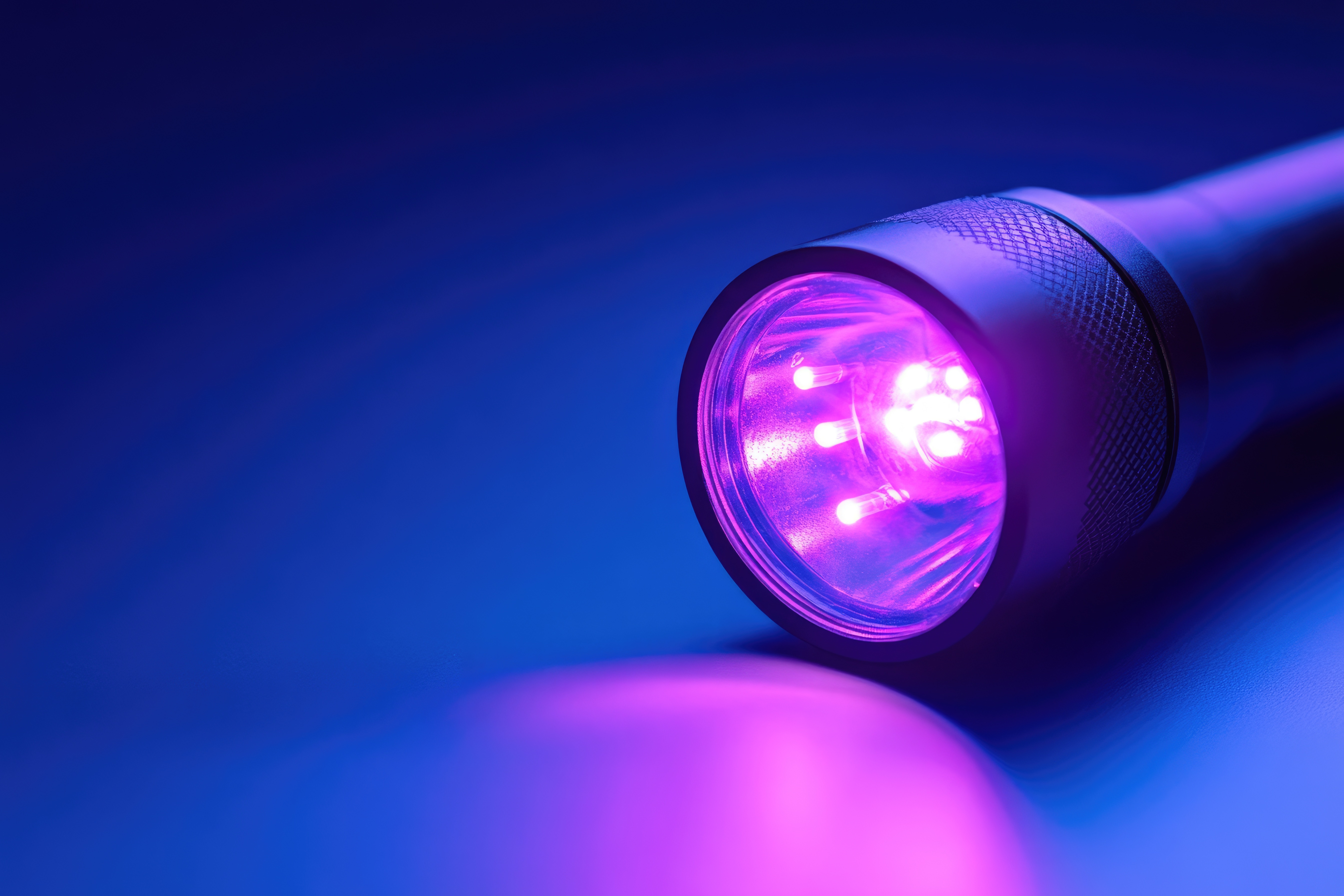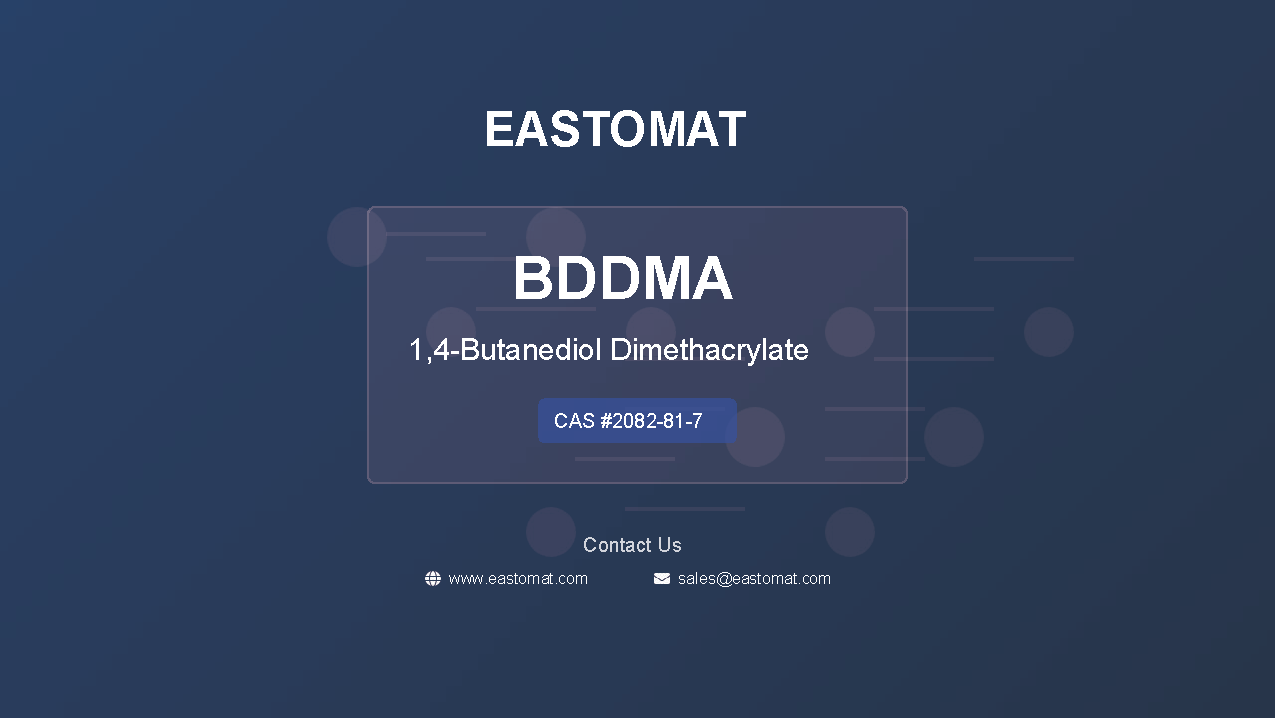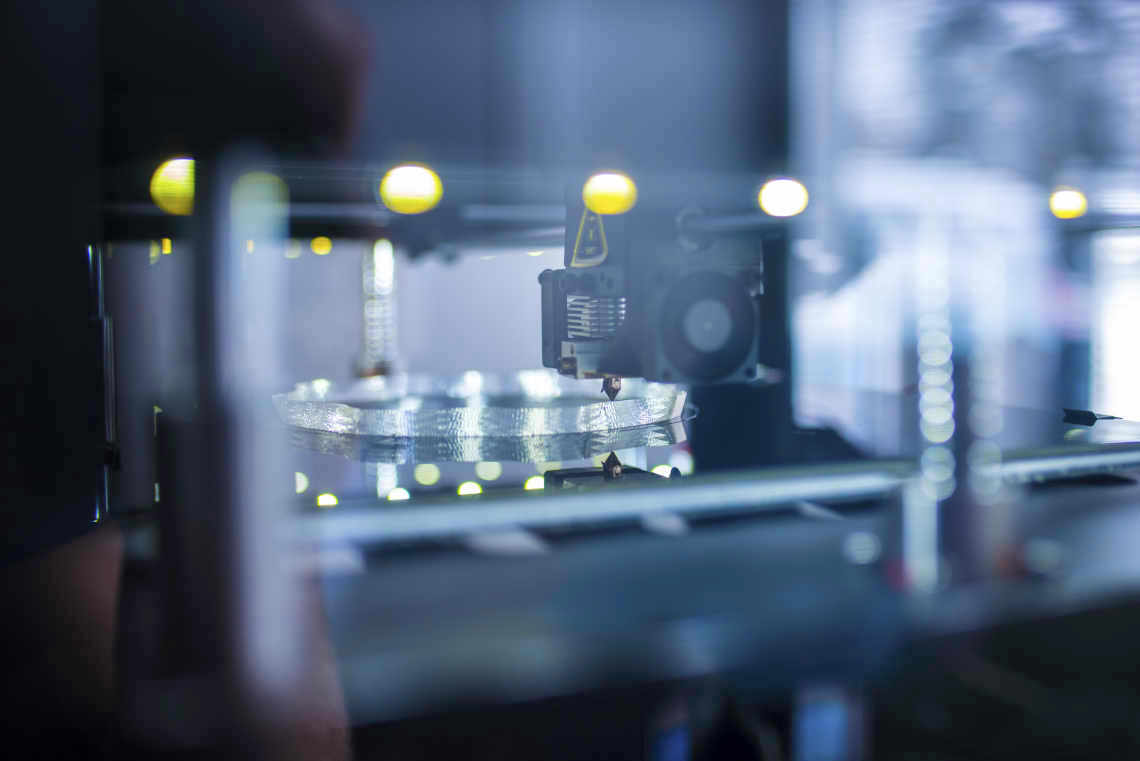Beyond the Reach of Light: A Deep Dive into Dual-Cure Technology and Its Application Prospects (Part 1)
Release time:
2025-07-04
Introduction: From Single to Composite, The Evolution of Curing Technology
Since its inception, Ultraviolet (UV) curing technology has revolutionized fields such as coatings, inks, and adhesives due to its rapid, second-level curing speed, solvent-free environmental friendliness, and low energy consumption. However, this seemingly perfect technology has a fundamental limitation: "where there is no light, there is no cure". UV curing relies on photoinitiators absorbing specific wavelengths of UV light, meaning that any areas not directly exposed to light—such as the interiors of complex 3D structures or the undersides of opaque or highly UV-absorbent substrates—form "shadow areas". In these areas, the material cannot complete the polymerization reaction, leading to incomplete curing and severely impacting the product's final performance and reliability.
To overcome this bottleneck, material scientists developed "Dual-Cure" technology. This ingenious composite strategy integrates two or more independent curing mechanisms within a single formulation system. Typically, the first curing stage is rapid UV light curing, used for quick positioning, surface drying, or forming initial structural strength. The second curing stage then slowly and thoroughly completes cross-linking in areas inaccessible to light through moisture, heat, anaerobic conditions, or other chemical reactions. This "combination of fast and slow, addressing both light and dark" strategy not only solves the problem of curing in shadow areas but also imparts unprecedented comprehensive properties to materials through the synergistic effect of different curing networks.
This article aims to systematically analyze the three most widely used dual-curing systems in the current industry: UV/Moisture, UV/Thermal, and UV/Anaerobic. We will start from the underlying chemical mechanisms, delve into their respective workflows, performance characteristics, and application scenarios, and provide a clear and practical guide for technology selection and application for engineers and R&D personnel in related fields through multi-dimensional horizontal comparisons.
Core Mechanism Analysis: Chemical Principles of Three Major Dual-Cure Systems
The essence of dual-cure technology lies in its complex chemical formulation design, which ingeniously integrates two seemingly unrelated reaction mechanisms into the same system, achieving an orderly and controllable reaction process. Understanding the chemical principles behind it is key to mastering and applying this technology.
UV + Moisture Curing (UV/Moisture Dual Cure)
UV/Moisture dual-cure systems are highly favored due to their simple process and lack of need for additional equipment, especially in the field of electronic conformal coating.
Workflow
The curing process of this system is divided into two distinct stages:
First Stage (Light Curing): When the coating is exposed to UV light, photoinitiators in the formulation absorb photon energy, generating active free radicals or cations. These active centers rapidly initiate chain polymerization reactions of photosensitive monomers and prepolymers, such as acrylates or epoxies, forming a preliminarily cured 3D network within seconds. This step achieves rapid surface drying and positioning of the coating, allowing for immediate subsequent processing.
Second Stage (Moisture Curing): For shadow areas that light cannot penetrate (e.g., under chips) or deep within the already formed light-cured network, moisture-reactive functional groups pre-designed on the polymer chains begin to function. These functional groups react slowly with water molecules (moisture) in the environment through hydrolysis and condensation reactions, gradually forming a second cross-linked network, ultimately ensuring complete curing of the entire coating.
In-depth Chemical Mechanism Analysis
The chemical core of the moisture-curing part lies in utilizing functional groups sensitive to water molecules. The two most common systems are:
Isocyanate System (-NCO): The formulation contains free isocyanate groups. These groups react with water molecules (H₂O), first forming an unstable carbamic acid intermediate. This intermediate rapidly decomposes, releasing carbon dioxide (CO₂) and forming a primary amine group (-NH₂). This newly formed amine group is highly reactive and will immediately react with another surrounding isocyanate group to form a stable urea bond (-NH-CO-NH-), thereby connecting two polymer chains and completing cross-linking.
Silane System (-Si(OR)₃): In this system, silane alkoxy groups are attached to the polymer chain. Under the action of water molecules, the alkoxy groups (-OR) hydrolyze, forming active silanol groups (-Si-OH). These silanol groups, or silanol groups with hydroxyl groups present on the substrate surface, undergo condensation reactions, releasing a molecule of water or alcohol, and forming extremely stable siloxane bonds (-Si-O-Si-). This process gradually builds an inorganic-organic hybrid network.
Key Characteristics and Challenges
Advantages: The process is extremely simplified, and the curing process requires no additional heating or special atmosphere protection, relying solely on environmental humidity for completion, achieving "on-demand curing" and low-energy production.
Challenges: The speed of secondary curing heavily depends on ambient temperature and relative humidity, making precise control of curing time difficult; in dry environments, it may take several days or even longer. Additionally, the dense surface layer formed by UV primary curing can, to some extent, become a barrier for moisture penetration, further slowing down the curing rate in shadow areas. As research by Electrolube indicates, complete reaction of isocyanate groups in some UV/moisture-cured materials may take several months.
UV + Thermal Curing (UV/Thermal Dual Cure)
When applications demand extreme mechanical strength, temperature resistance, and chemical resistance, the UV/thermal dual-cure system becomes the preferred choice. It achieves a significant leap in performance by constructing an Interpenetrating Polymer Network (IPN).
Workflow
First Stage (Light Curing): Similar to the previous system, UV light is used to rapidly cure photosensitive components (typically acrylate systems). The key role of this step is to impart initial structural strength, or "Green Strength," to the component, allowing it to maintain precise geometric shape and position when entering the oven for thermal curing, avoiding displacement due to thermal melting or gravity.
Second Stage (Thermal Curing): The UV-pre-cured component is placed entirely in an oven and heated according to a set program. Thermal energy activates latent thermal initiators in the formulation or directly provides the necessary activation energy for the reaction of thermosetting resins (e.g., epoxy resins). This causes deep polymerization of the thermosetting components in the shadow areas and throughout the material system, ultimately forming a highly cross-linked, high-performance composite material.
In-depth Chemical Mechanism Analysis
The allure of the UV/thermal dual-cure system lies in its unique final structure: the Interpenetrating Polymer Network (IPN). According to a study by Pennsylvania State University, an IPN consists of two or more polymer networks that are entangled and interpenetrated at the molecular scale but are not covalently bonded. In a typical "epoxy-acrylate" composite system:
Light-cured Network: UV light initiates free radical polymerization of acrylate monomers' double bonds, forming a polyacrylate network.
Thermally Cured Network: Subsequent heating promotes the ring-opening polymerization of epoxy groups in epoxy resins with curing agents (such as amines or anhydrides), forming a second independent polyepoxy network within the voids of the polyacrylate network.
This unique IPN structure, like "weaving" two different types of materials together at the molecular level, can effectively combine the advantages of both networks. For example, it can combine the rigidity and temperature resistance of epoxy resins with the toughness of acrylates, thereby achieving comprehensive mechanical performance far exceeding that of a single component.
Key Characteristics and Challenges
Advantages: The final product performance is extremely outstanding, achieving high glass transition temperature (Tg), excellent chemical corrosion resistance, and superior mechanical strength. The secondary curing process is well-controlled and highly reliable, making it an ideal choice for structural bonding and high-performance encapsulation.
Challenges: The process is relatively complex, requiring additional heating equipment (e.g., ovens) and consuming more energy. Volume shrinkage or thermal expansion coefficient mismatch during thermal curing can introduce residual stress inside the material, affecting the dimensional accuracy and long-term reliability of the component. Therefore, precise control of heating and cooling curves is crucial.
UV + Anaerobic Curing (UV/Anaerobic Dual Cure)
This system cleverly combines the speed of UV curing with the unique advantages of anaerobic adhesives in metal bonding. It is primarily used in the assembly of metal components that require high strength and durability.
Workflow
First Stage (Light Curing): For adhesive parts exposed to air, especially glue overflowing at the edges of the bonding gap (Fillet), UV light exposure allows for rapid curing. This step is crucial because these areas cannot meet the conditions for anaerobic curing due to continuous contact with oxygen. UV curing ensures the strength and sealing of the edge parts.
Second Stage (Anaerobic Curing): Between the bonded components, especially at tightly fitting metal interfaces, the adhesive is isolated from oxygen. At this point, the anaerobic curing mechanism is activated. Metal ions present on the metal surface (e.g., iron, copper) catalyze the decomposition of peroxides in the formulation, generating free radicals, which then initiate the polymerization of (meth)acrylate monomers in the shadow areas, forming a high-strength bond.
In-depth Chemical Mechanism Analysis
The core of UV/anaerobic curing is its dual initiation system and unique response to the environment:
Dual Initiation System: The formulation contains both a photoinitiator and an anaerobic initiation system. Photoinitiators are sensitive to UV light, while anaerobic initiation systems (typically composed of peroxides, accelerators, and stabilizers) are sensitive to oxygen and metal ions.
Anaerobic Curing Principle: Oxygen is a strong inhibitor of free radical polymerization; it rapidly captures nascent free radicals, deactivating them. Therefore, anaerobic adhesives remain liquid in oxygenated environments. When the adhesive is confined between two tightly fitting surfaces, oxygen is isolated or depleted. At this point, active metal ions on the substrate surface (or pre-applied activators) undergo a redox reaction with peroxides in the formulation, decomposing them into highly active free radicals, thereby initiating the polymerization chain reaction and curing the adhesive. According to technical data from DELO Adhesives, this system is particularly suitable for demanding applications requiring high strength and resistance to chemicals (e.g., brake fluid, engine oil).
Key Characteristics and Challenges
Advantages: Perfectly combines the rapid positioning (Tacking) of UV curing with the ultra-high bonding strength of anaerobic adhesives to metal substrates. The cured adhesive layer has excellent vibration resistance, impact resistance, and chemical resistance.
Challenges: Its application scenarios are mainly limited to metal-to-metal bonding, or at least one side being metal. For inert metals (such as stainless steel) or non-metal surfaces (such as plastics, ceramics), the anaerobic curing reaction speed will be very slow or even not occur; in such cases, an activator (Primer) is usually applied to the substrate surface beforehand to provide the necessary catalytic ions.
Dual-Cure
Latest News
Get a Free Consultancy
NANTONG EASTO MATERIALS TECHNOLOGY CO.,LTD.

No.118,Zhujiang Rd.,Juegang St.,Rudong County,
Nantong City,Jiangsu Province,226400,China




 2025-07-04
2025-07-04






